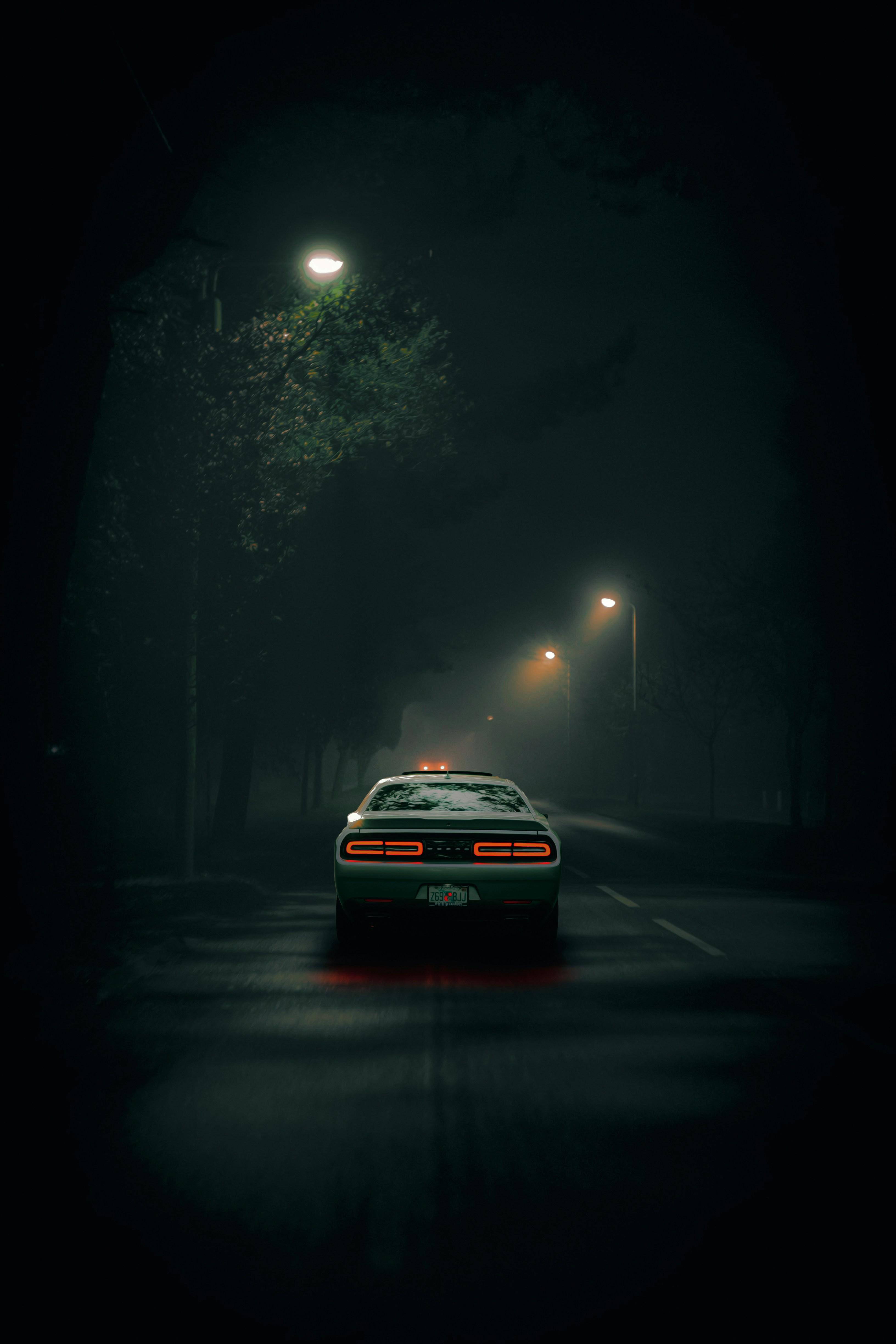In the boundless realm of science fiction, where imagination knows no limits, visual effects (VFX) studios serve as the architects of the impossible. They transform written dreams into visual realities, crafting worlds where interstellar travel, alien landscapes, and futuristic technology seamlessly coexist with the tangible. This alchemy of art and technology bridges the gap between the fantastical and the believable, inviting audiences to suspend disbelief and journey beyond the known universe. In this exploration, we delve into the meticulous processes and innovative techniques that VFX studios employ to infuse realism into sci-fi films, making the extraordinary feel astonishingly real.
Crafting Alien Worlds: The Art of Building Believable Environments
In the realm of sci-fi cinema, the creation of alien worlds requires a delicate balance between imagination and realism. VFX studios achieve this by meticulously designing environments that are both fantastical and credible. They utilize a blend of cutting-edge technology and artistic creativity to construct landscapes that captivate audiences. By leveraging techniques such as procedural generation and photorealistic rendering, artists can craft expansive terrains that feel both otherworldly and tangible.
- Texture Mapping: Detailed textures are applied to surfaces to give planets a unique and lifelike appearance.
- Lighting Effects: Dynamic lighting simulates alien atmospheres, creating shadows and highlights that add depth.
- 3D Modeling: Complex models of flora and fauna bring ecosystems to life, each element contributing to the ecosystem’s credibility.
- Atmospheric Simulations: Weather patterns and celestial phenomena are crafted to enrich the world’s lore.
These components, combined with a keen attention to the laws of physics, ensure that even the most imaginative settings resonate with authenticity. By grounding their creations in familiar principles, VFX artists allow audiences to suspend disbelief and immerse themselves fully in these extraordinary realms.

From Concept to Screen: The Journey of Visual Effects
The magic of visual effects begins long before the cameras start rolling. It all starts with a concept, where artists and directors collaborate to envision worlds beyond imagination. This initial stage involves detailed storyboarding and previsualization, allowing filmmakers to map out the complex sequences that will later be brought to life through technology. Once the vision is clear, the next step involves the creation of digital assets, such as models, textures, and animations, meticulously crafted by skilled artists using cutting-edge software.
As the project progresses, these digital elements are integrated into live-action footage. This is where the magic truly happens, transforming raw footage into seamless, believable scenes. Key processes include:
- Compositing: Layering various visual elements to create a unified scene.
- Motion Capture: Using live performers to bring digital characters to life with realistic movements.
- Rendering: Converting 3D models into high-quality images or frames.
Through these intricate steps, VFX studios transport audiences to distant galaxies and futuristic landscapes, blurring the lines between reality and fiction.

Mastering Motion: Creating Life-like Alien Creatures
In the world of VFX, breathing life into alien creatures requires a deep understanding of motion dynamics and anatomy. VFX artists meticulously study the movement patterns of real animals, adapting these observations to create believable extraterrestrial beings. By integrating elements such as muscle flexing, skin texture, and facial expressions, artists ensure these creatures move with an organic fluidity that captivates audiences.
- Reference and Research: Artists often look at nature documentaries and study animal locomotion to inspire their designs.
- Rigging and Animation: Advanced rigging techniques allow for detailed skeletal and muscular systems, making each movement appear natural.
- Simulation Software: Cutting-edge software simulates realistic skin and fur dynamics, adding depth and authenticity.
Collaboration between animators and directors is crucial, ensuring the alien’s movements align with the film’s narrative and emotional beats. This synergy transforms mere pixels into unforgettable characters that transcend the screen.

Lighting the Future: Techniques for Realistic Sci-Fi Illumination
In the realm of sci-fi films, the art of illumination transcends mere visibility, becoming a storytelling tool that shapes the universe on screen. VFX studios employ a variety of techniques to craft lighting that not only enhances realism but also immerses audiences in the narrative. One of the primary methods is the use of dynamic lighting, where light sources are designed to interact naturally with characters and environments, creating a believable atmosphere. This can involve simulating planetary light cycles or the glow of alien technology, each contributing to a unique visual signature.
Key techniques used by VFX artists include:
- Volumetric Lighting: Creates beams and shafts of light, adding depth and a sense of scale to expansive space scenes.
- Ray Tracing: Mimics the behavior of light in real-world scenarios, producing lifelike reflections and shadows.
- Global Illumination: Ensures that light bounces and interacts with surfaces realistically, enhancing the overall texture and detail of the scene.
- Color Grading: Adjusts the color palette to evoke specific moods and enhance the futuristic aesthetic.
These techniques, combined with meticulous design and innovative technology, enable filmmakers to light the future with authenticity and creativity, transporting viewers to worlds beyond their imagination.

